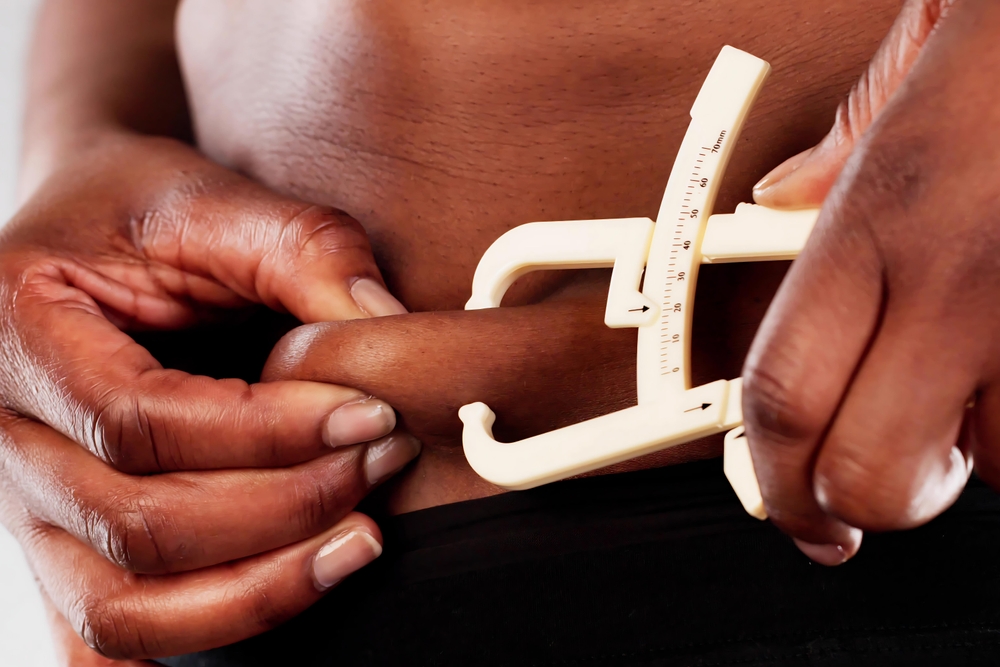Fasting has long been part of human history, whether by necessity or choice. Many religions and cultures across the globe practice fasting as a meditative and cleansing ritual for the body. Some researchers speculate fasting could have been done due to food scarcity in older human history. Today, fasting effects, from intermittent to water, or even extended fasts like a 36-hour fast, are the subject of chatter in social media wellness communities.
As more people explore intermittent and extended fasting for health, weight loss, or mental clarity, understanding the effects of fasting on the body is vital. Recognising whether fasting is for you is crucial, as it can be dangerous for some populations. Seek medical advice before going on a fast, especially extended fasts like the 36-hour fast. However, when done safely, it is purported to provide various health benefits. We’ll explore the hour-by-hour effects of fasting, the science behind these changes, potential benefits, and important precautions. Keep reading and you will also be able to watch an interesting video simulation depicting what happens in our bodies throughout a 36 hour fast.
The Hour-by-Hour Effects of Fasting

When you fast for 36 hours, your body goes through many important changes. Each hour triggers a new process that helps your body use energy differently and repair itself. Knowing these changes can help you decide if fasting is right for you and how to do it safely. Let’s explore what happens inside your body during this extended fast.
0–4 Hours: The Anabolic Phase

During the first 4 hours after eating, your body digests food and uses sugar from your meal for energy. Your insulin levels stay high to help move sugar into your cells. This phase is called the “anabolic phase” because your body focuses on building and repairing tissues using the nutrients from your food. Your energy mainly comes from carbohydrates during this time, keeping you active and alert.
4–8 Hours: Glycogen Use

After about four hours, your insulin levels typically drop. Your body responds by using stored sugar called glycogen for energy. Glycogen is stored in your liver and muscles and provides energy when you are not eating. This phase is called the “catabolic phase” because your body breaks down stored energy to fuel your body. This switch helps maintain your blood sugar and energy levels during fasting.
8–12 Hours: Fat Burning Begins

By the time you reach eight hours without food, your glycogen stores begin to run low. Your body then starts burning fat for energy instead of sugar. This change can make you feel hungry or tired at first as your body adjusts to the new fuel source. Burning fat means your body turns fat into energy, which is important for people trying to fast to lose weight.
12–16 Hours: Entering Ketosis

Around 12 hours into fasting, your body enters a state called ketosis. In ketosis, your liver converts fat into molecules called ketones, which your brain and muscles use for energy. Insulin levels fall even further, allowing fat burning to increase. Many people feel more focused and less hungry during this phase because ketones can reduce appetite and provide steady energy.
16–24 Hours: Autophagy and Repair

After 16 hours of fasting, your body activates a process called autophagy. This is a cellular process where your cells cleans out damaged proteins and recycle them to maintain energy and cellular health. Autophagy helps remove toxins and old proteins that could harm cells. Exercise during this time may boost autophagy even more. By 24 hours, your body also lowers inflammation and improves insulin sensitivity, which helps control blood sugar and supports overall health.
24–30 Hours: Growth Hormone Spike

Between 24 and 30 hours of fasting, the growth hormone begins to spike. This hormone helps protect your muscles from breaking down and encourages fat loss. Growth hormone also supports tissue repair and keeps your metabolism working effectively. Many people report feeling more energetic and mentally sharp during this phase because of these hormonal changes.
36 Hours: Maximum Autophagy and Reset

At 36 hours, autophagy reaches its highest level. Your body efficiently clears out dead cells and begins building new, healthy ones. This process helps improve metabolism and may give your body a “full reset.” People who fast this long often feel refreshed and lighter. However, it is very important to fast safely and drink plenty of water to avoid dehydration or other issues during this time.
Scientific Evidence for the Effects of Fasting

Research shows that fasting helps your body switch from using sugar for energy to using fat. This ability, called “metabolic flexibility,” can help with weight loss and improve how your body handles sugar. Studies also show that autophagy helps protect against diseases like heart disease and diabetes by keeping cells healthy. Hormones such as insulin and growth hormone change during fasting to support these benefits.
Potential Risks and Side Effects

Fasting is not safe for everyone. Some people may feel hungry, tired, or get headaches during a fast. It can also cause nausea or stomach pain in some cases. Some people can experience the opposite effect of weight loss due to fasting as the body responds by aggressively storing fat in reserves.
People with diabetes, pregnant women, or those with certain health problems should avoid long fasts. Fasting too long can cause muscle loss or make you less active. Always talk to a doctor before trying a fast longer than 24 hours.
Expert Opinions and Precautions

Experts say the effects of fasting look promising, but most studies are done on animals or small groups of people. More research is needed to know if fasting is safe and helpful for everyone. Doctors recommend drinking plenty of water during a fast and not overeating afterward. If you want to try a 36-hour fast, get advice from a healthcare professional first to make sure it is safe for you.
Is a 36-Hour Fast Right for You?

A 36-hour fast can help your body burn fat, repair cells, and improve how it uses insulin. These effects may support weight loss and better health. But fasting can also cause side effects and isn’t safe for everyone. If you want to try fasting, do it carefully, stay hydrated, and talk to your doctor. This way, you can enjoy the benefits of fasting while staying healthy.
Disclaimer: This information is not intended to be a substitute for professional medical advice, diagnosis or treatment and is for information only. Always seek the advice of your physician or another qualified health provider with any questions about your medical condition and/or current medication. Do not disregard professional medical advice or delay seeking advice or treatment because of something you have read here.
Read More: Intermittent Fasting Has Been Linked to Higher Risk of Cardiovascular Death. Should You Worry?

